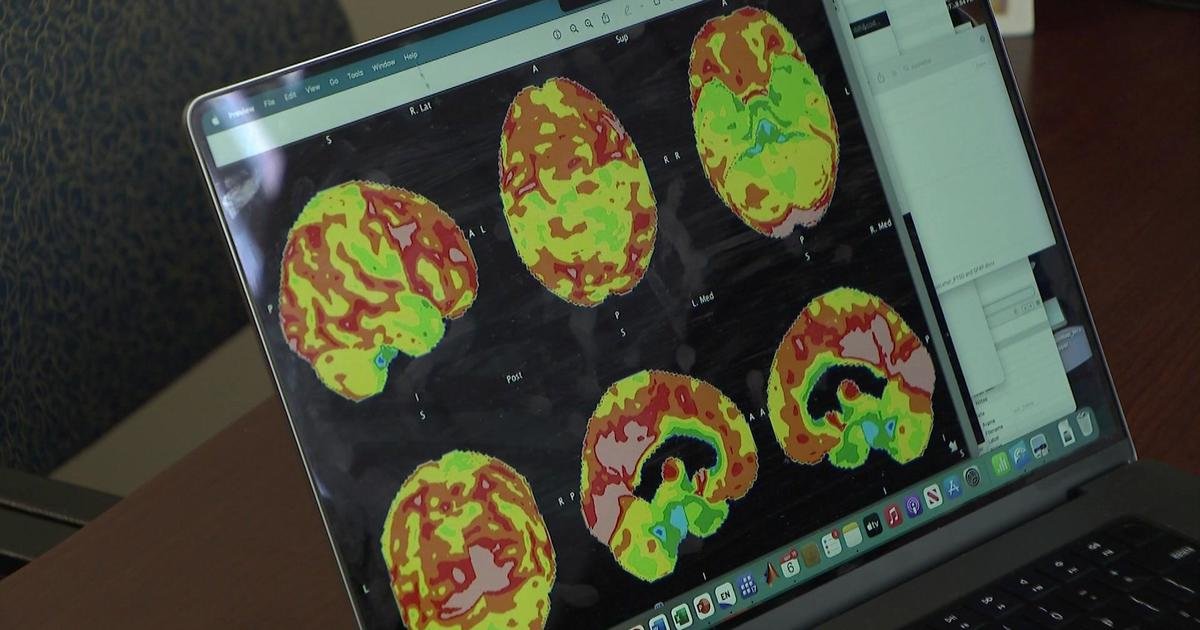New analysis is giving a deeper look into how mud and particles from the fallen World Trade Center could have performed a task within the mind well being of first responders.
In the examine, revealed Wednesday in JAMA Network Open, researchers at Stony Brook University in New York discovered extreme publicity to constructing particles was considerably related to the next threat of dementia earlier than age 65 versus those that weren’t uncovered or who wore personalised protecting gear similar to masks or hazmat fits.
The findings, which used knowledge from 5,010 responders who had been a part of the Stony Brook WTC Health and Wellness Program, had been constant even after adjusting for demographic, medical and social components.
Sean Clouston, one of many examine’s authors, instructed CBS News probably the most stunning factor in regards to the findings had been “how frequent the result appears to be already,” given responders’ comparatively younger ages. The median age of individuals firstly of the examine was 53.
“Dementia is a priority largely for folks of their 70s or 80s. Here, we discovered that charges had been very excessive,” he mentioned.
This examine builds on earlier analysis from the Stony Brook crew. In a 2022 study, the researchers discovered 9/11 first responders present indicators of cognitive impairment at roughly thrice the speed of the final inhabitants.
The newest examine, nonetheless, is the primary to “present an affiliation between publicity and dementia, and to indicate that PPE might need helped mitigate the exposures,” Clouston mentioned.
While the precise mechanism is unknown, he mentioned, the literature exhibits “very high quality particles and chemical substances” within the air on the World Trade Center had been “neurotoxic and may move by way of the blood mind barrier to have an effect on the mind.”
An estimated 400,000 people were exposed to poisonous contaminants, threat of bodily damage and bodily and emotional stress within the days to months following the assaults, in response to the Centers for Disease Control and Prevention.
Dr. Benjamin Luft, co-author and director of the Stony Brook WTC Health and Wellness Program, believes analysis on the cognitive well being of responders should proceed, he mentioned in a information launch.
“These findings are a significant step ahead in establishing that the mud and toxins which had been launched because of the calamitous terrorist assaults on 9/11 proceed to have devastating penalties on the responders,” mentioned Luft, who has been evaluating these responders for 20 years. “The full extent of neurodegenerative illness nonetheless must be decided.”
Many responders now additionally undergo from psychological sicknesses together with PTSD, and others have died from an array of cancers, continual inflammatory lung illness and lung illness.
The air high quality responders had been uncovered to on the World Trade Center was extra extreme than unhealthy air high quality we expertise every day, Stefania Forner, a director of medical and scientific relations on the Alzheimer’s Association, instructed CBS News.
“It included a variety of hazardous supplies,” she mentioned. Still, air air pollution and dementia are each world public well being crises, Forner mentioned.
“It’s recognized that air air pollution is unhealthy for the well being of our brains and our general well being, and could also be related to amyloid buildup within the mind and better threat of cognitive decline,” she mentioned.
Clouston hopes the newest analysis will even have implications for the way others can reply within the aftermath of an “uncontrolled catastrophe the place shopper items and buildings collapse or are burned.”
Such exposures might embody terrorist assaults, he mentioned, however might additionally embody pure disasters like wildfires.
“We ought to assume that the air is unsafe to breathe and act accordingly,” he mentioned.
There is sweet information, he mentioned: “Wearing PPE appeared to assist.”




